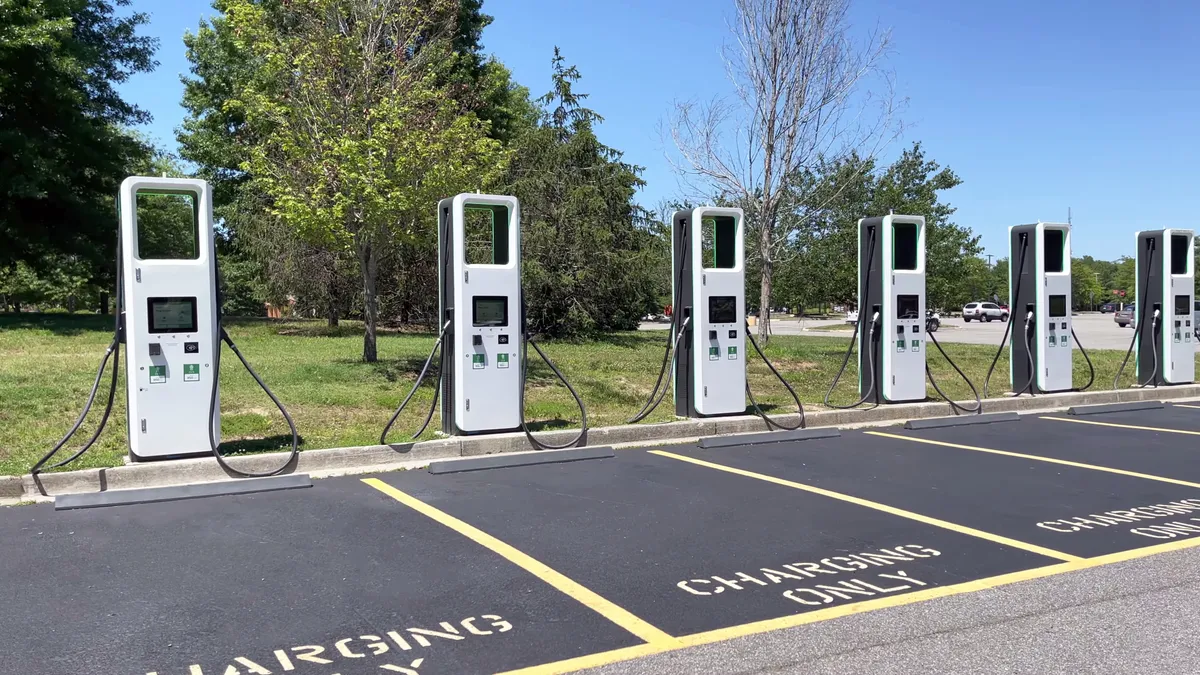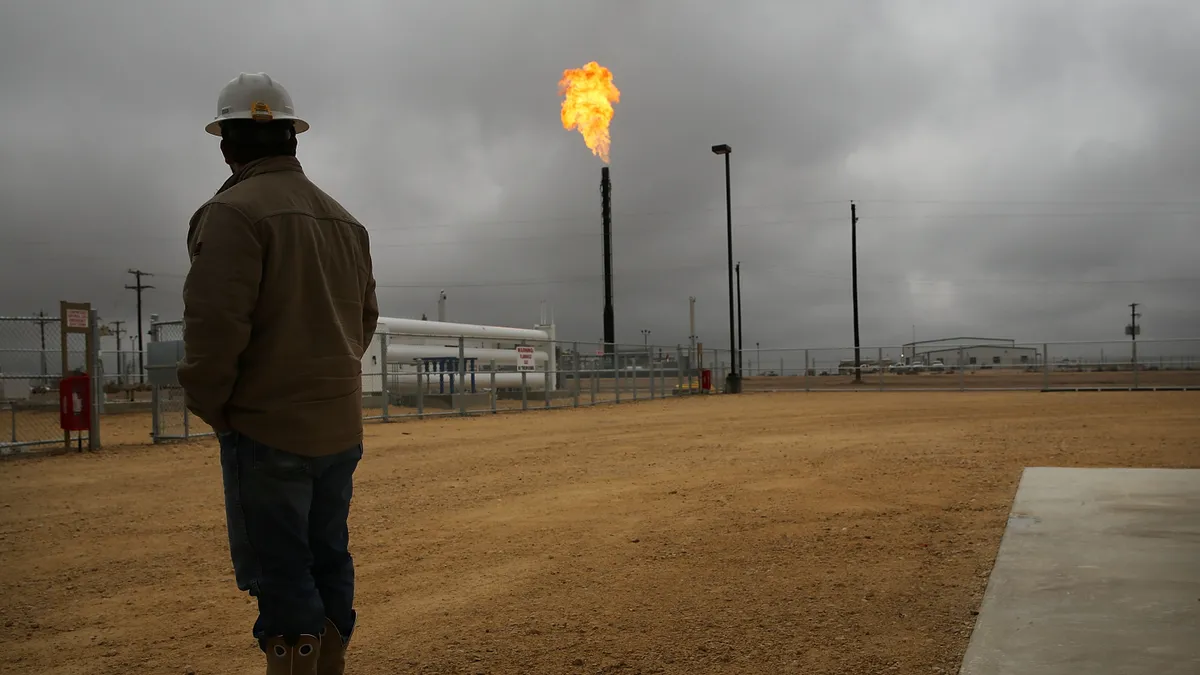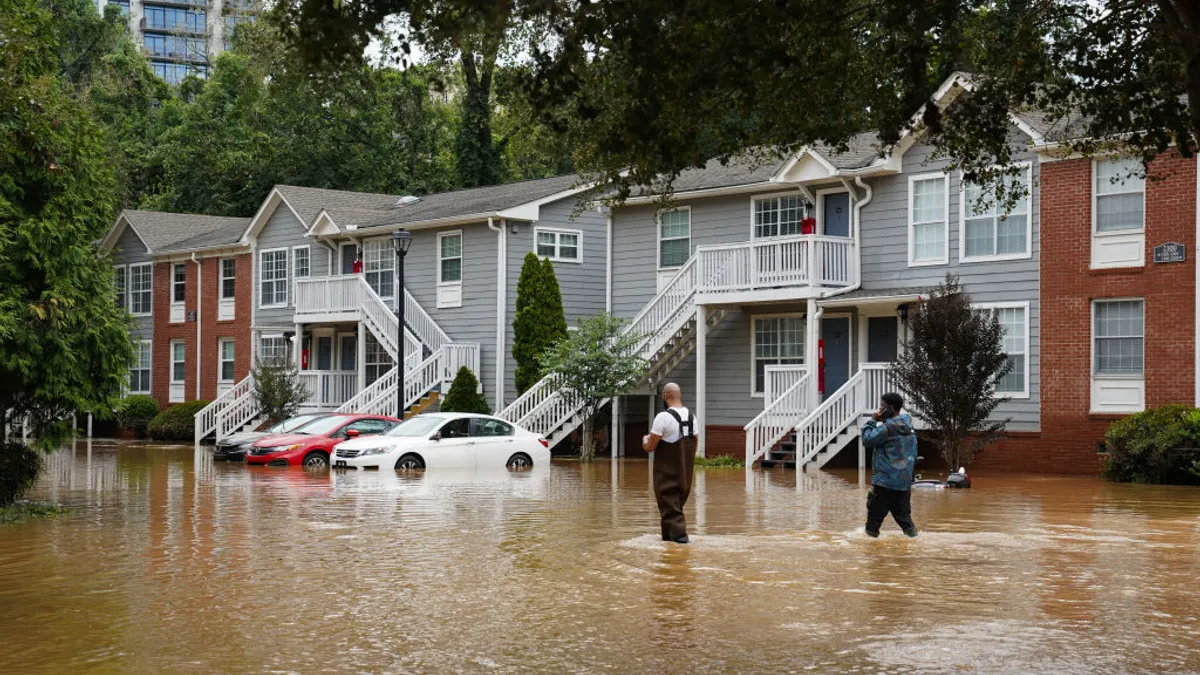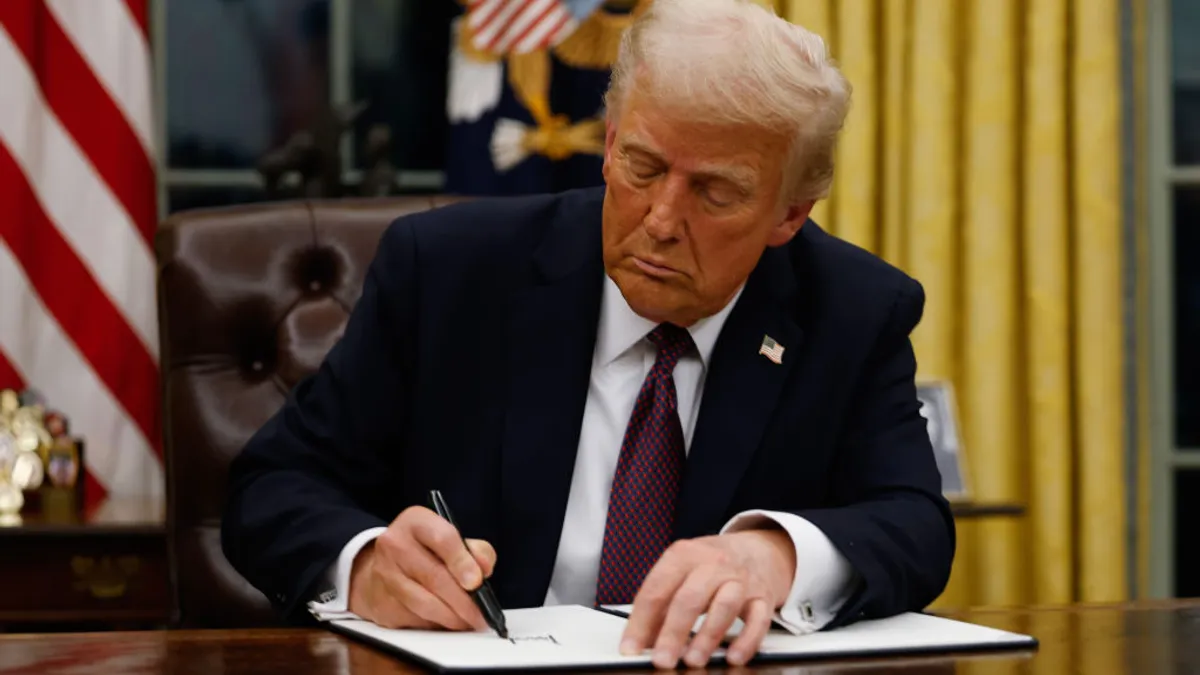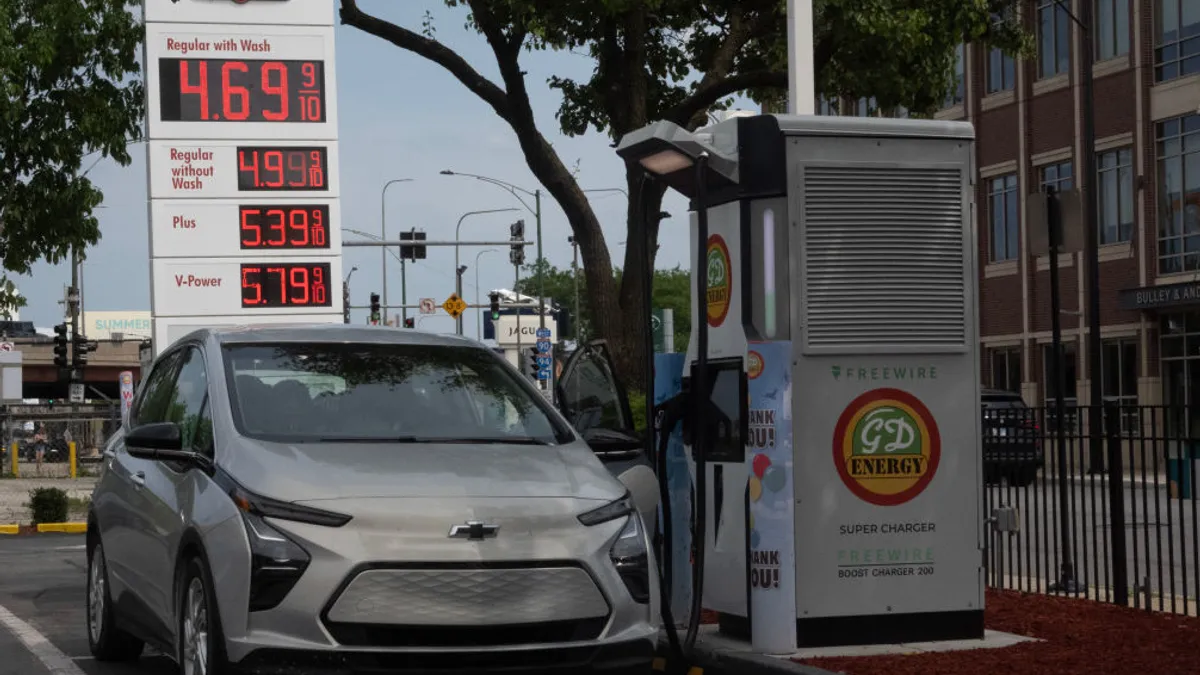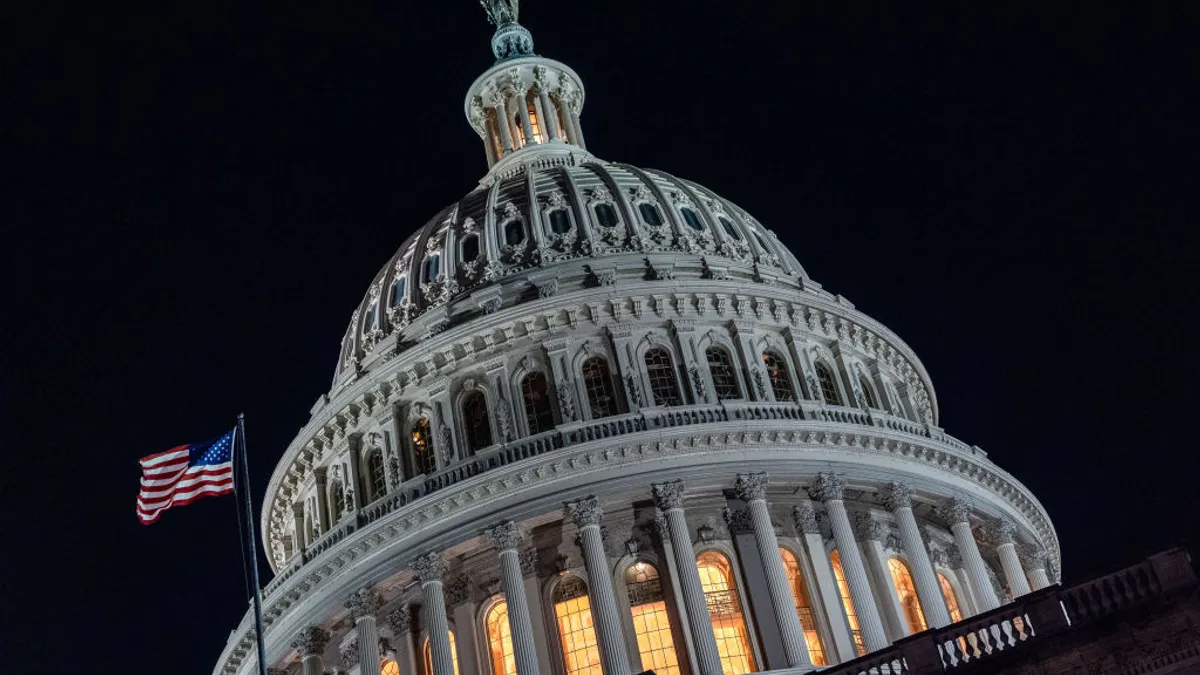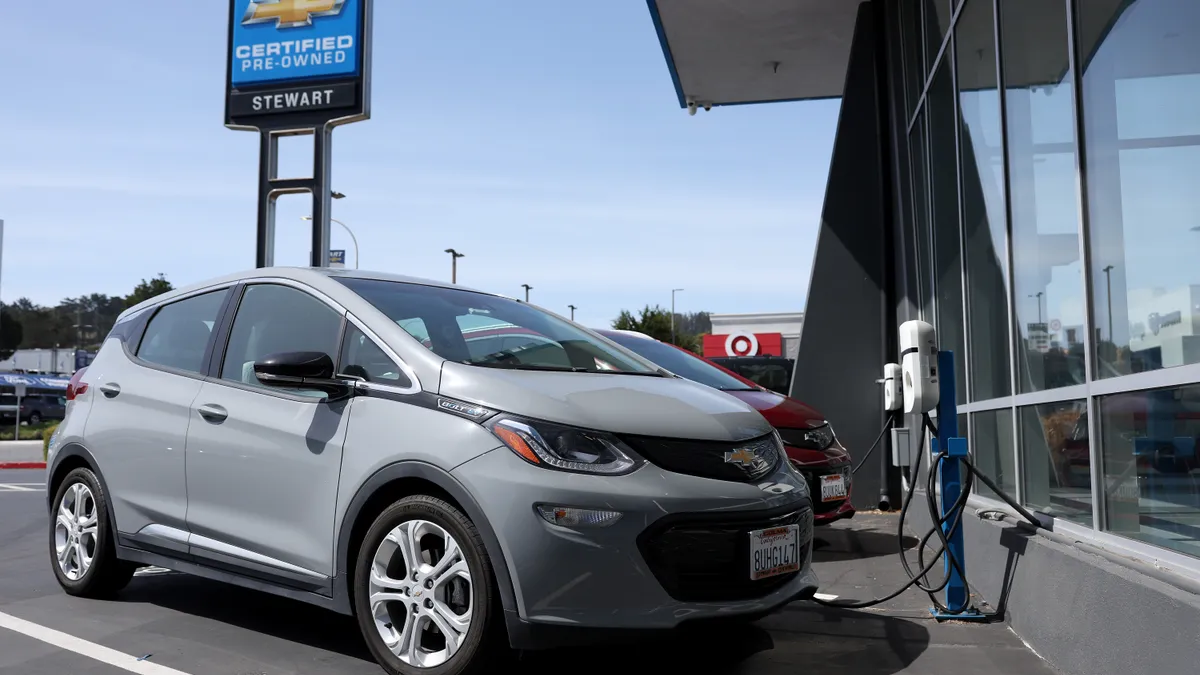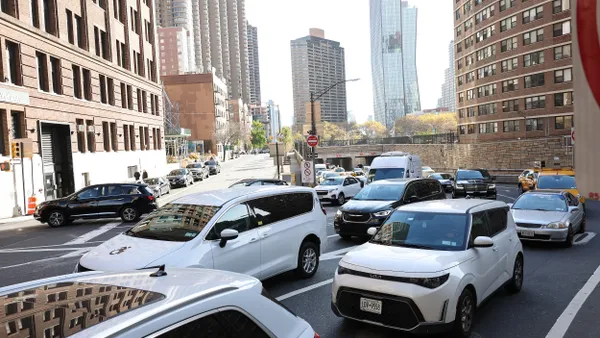Laura Sherman is president of the Michigan Energy Innovation Business Council.
As we move further into 2025, we look back on a banner 2024 for electric vehicles. Records for U.S. EV sales have been set, and the groundwork for further growth was established as the federal government continued distributing billions of dollars in grants to states to help them build charging infrastructure.
With the National Electric Vehicle Infrastructure Formula Program, created by the bipartisan infrastructure law, Congress appropriated $5 billion for these grants, and the research firm Atlas Public Policy recently estimated that $2.4 billion of that amount has already been distributed. Coupled with further federal support for transportation electrification from provisions of the Inflation Reduction Act, this investment is helping to tackle the relative lack of charging stations around the country, a problem that has been one of the biggest barriers to EV adoption.
The results of the election, however, have created uncertainty over whether or not the future of policy support for EVs will continue to look so bright. President-elect Donald Trump has vowed to eliminate the up to $7,500 per-EV tax credit and other elements of the IRA. Congress could also change course on funding for charging infrastructure. While it is unclear how much will actually be rolled back, Trump’s rhetoric raises question marks for the many state governments that are counting on EV growth to be able to reach their decarbonization goals.
If the federal government pulls back on tax credits and funding, can EV adoption and charging infrastructure keep growing at the rate needed for these states to reduce their transportation emissions fast enough to meet these goals? The question marks around EV policy also threaten the economic growth that has been helped along by federal support. In Michigan, for example, jobs related to EVs have become the fastest-growing clean energy employment sector.
State policies can ease this uncertainty to some degree by ensuring that support is in place should the federal efforts be cut back. States such as Washington, for example, are already planning to offer substantial rebates for EV purchases, and Calif. Gov. Gavin Newsom, D, has said his state will provide their own rebates if Trump eliminates the tax credit.
But that leaves state policymakers with an open question: If state governments try to fill holes left by a federal government pullback on EV support, from where will the money for those initiatives come?
Now is the time for states to consider a policy that has a proven record of both reducing transportation sector emissions while also generating funds for more EV investments: a clean fuel standard. While not a silver bullet that removes the need for federal government support, a clean fuel standard can make states more independent and able to finance more charging stations, EV rebates and other investments into transportation electrification.
Three states already have adopted clean fuel standards: California, Oregon and Washington. Not coincidentally, these happen to be the three states with the most EV market share and highest EV adoption per capita. The way the policy works is that the state government creates a standard that caps the carbon intensity of all fuels used in that state’s transportation sector. Producers of fuel with fewer emissions than the standard requires — which can include not only producers of gasoline alternatives like biofuels, but also sources of electricity to power EVs — generate credits that fuel providers with a higher carbon intensity than the standard can purchase to offset their emissions and comply.
The sale of those credits creates a revenue stream that can fund investments in EV infrastructure or work in other ways to decarbonize the transportation sector. For example, in Oregon, utilities are using revenue generated by that state’s clean fuel standard to fund public charging stations and programs that offer rebates for EVs and e-bikes. California regulators have estimated that California’s standard provides about $4 billion annually to support low-carbon investments.
Proposals for clean fuel standards have already been introduced in some states, and the recent federal election may add urgency to the drive to pass that legislation. In Michigan, state legislators in 2023 introduced clean fuel standard legislation that would require a 35% reduction in the carbon intensity of transportation fuels by 2035.
The Michigan Clean Fuel Standard Coalition has projected that the program that would be created by this bill would generate $6.6 billion in credit revenues over 13 years just within the electricity producer and EV charging provider sectors. That funding would go a long way toward enabling the steps that Michigan EIBC and Clean Fuels Michigan recently outlined in their Transportation Electrification Roadmap, a policy guide for Michigan. What’s more, thanks to the revenue it generates, a clean fuel standard would make electrification of transportation possible while reducing the need for federal investments.
There's a lot of uncertainty about the future of the IRA's transformative investments, but options for confronting that uncertainty exist. A clean fuel standard is one of the most significant ways that states can ensure that their EV charging plans stay on track.


